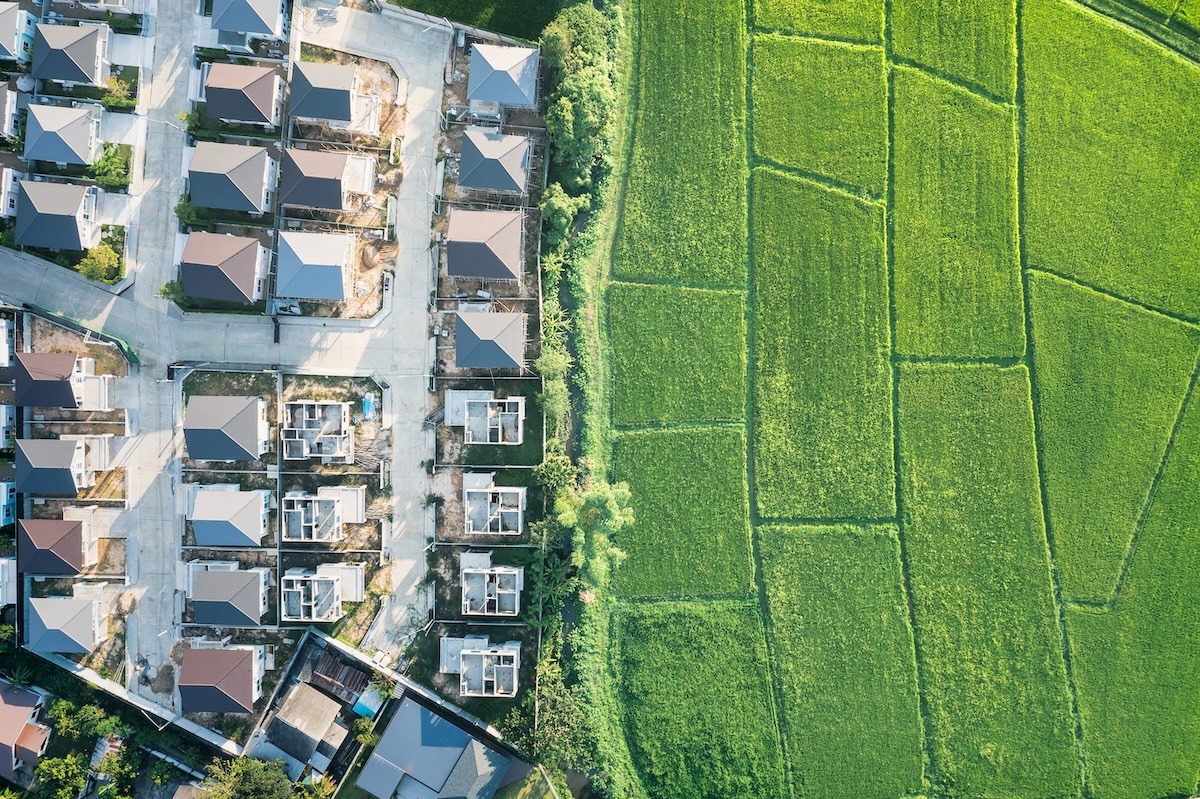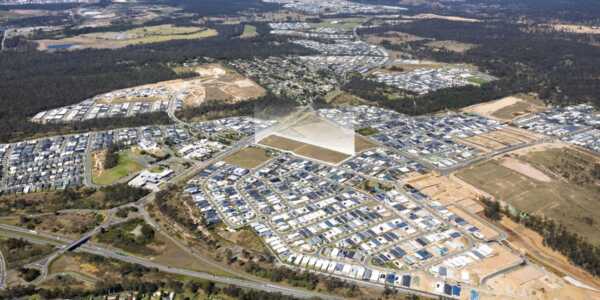Australia’s property market is undergoing significant transformation, driven by a potent combination of robust population growth and limited new housing supply.
The resulting demand-supply imbalance has fuelled a remarkable recovery in the housing market, setting the stage for future growth in residential property prices despite higher interest rates.
Here, we look at the tailwinds impacting land subdivision, the opportunities and challenges faced by the sector and emerging trends shaping the future of residential land development.
Demand-Supply Imbalance Fuels Price Growth
Australia's housing market recovery is largely attributed to a significant mismatch between housing demand and supply. Population growth, particularly from net overseas migration, has surged, contributing to increased demand for housing.
In the year leading up to Q2 2023, net overseas migration reached approximately 518,000 people, marking the highest annual rate ever recorded. This influx contrasts sharply with the pandemic-induced decline of around 94,000 migrants in the year to Q1/2021 when Australia’s borders were closed.
Among the states, Victoria is experiencing its fastest population growth since 2016 at 2.4%, while New South Wales sees its most significant increase in over four decades at 1.9%. Queensland has also seen a surge, with population growth over the past 16 years averaging 2.3%. This population boom, coupled with limited new housing supply, is expected to continue driving residential property prices upward.
Greenfield Development: A Strategic Move
Greenfield development has emerged as a strategic focus for private developers with the approach offering several advantages:
Blank Canvas:
Greenfield land provides developers with a pristine canvas, free of existing structures. Without the need for demolition or reconstruction, more budget can be allocated to innovative design and construction, potentially enhancing overall return on investment.
Creativity Unleashed:
Located on the outskirts of expanding cities, greenfield sites offer ample room for creative solutions. Developers can anticipate the future needs of a growing demographic, whether in housing, economic development, or mixed-use spaces. Unlike reactive solutions, greenfield projects allow forward-thinking designs that align with sustainability and eco-friendly practices.
Technological Advancements:
Greenfield developments can leverage cutting-edge technology and methodologies. Unlike older sites, which may have limitations, greenfield projects can incorporate modern designs, robust buildings, and eco-friendly solutions.
Challenges and Considerations
Despite its potential, greenfield development comes with significant challenges. Environmental concerns, such as encroaching on natural landscapes and bushfire hazards, require thoughtful planning.
Additionally, infrastructure development is crucial. Roads, water, energy, sewerage, and internet coverage must be coordinated to ensure successful greenfield projects, all elements essential to the continued expansion of Australia’s cities.
New Trends in Land Subdivision
Several emerging trends are set to shape the future of residential land subdivision, promoting growth and sustainability:
Sustainable Development:
There is increasing interest in sustainable development, which supports cost reduction over the life of the dwelling. Future developments are expected to advance sustainability initiatives such as eco-friendly design and materials, climate control, energy efficiency, and water-saving management systems.
Aging Population:
The growing segment of the aging population will see continued expansion in retirement and land lease community living. These communities provide downsizers with security, healthcare, recreational, and community facilities, unlocking much-needed housing accommodation.
Technological Integration:
The integration of smart technology in homes and communities is becoming more prevalent. This includes smart grids, energy-efficient appliances, and automated systems that contribute to the overall sustainability and efficiency of new developments.
In conclusion, Australia’s housing market is poised for continued growth, fuelled by robust population increases and strategic greenfield development. As developers seize these opportunities, they must balance innovation with environmental responsibility to create sustainable communities for the future.
By embracing new trends in sustainable development and addressing the challenges associated with greenfield projects, the land subdivision sector can play a pivotal role in shaping Australia’s property landscape for years to come.
Authors: Amy Bowater & Robert Dunne, Savills









